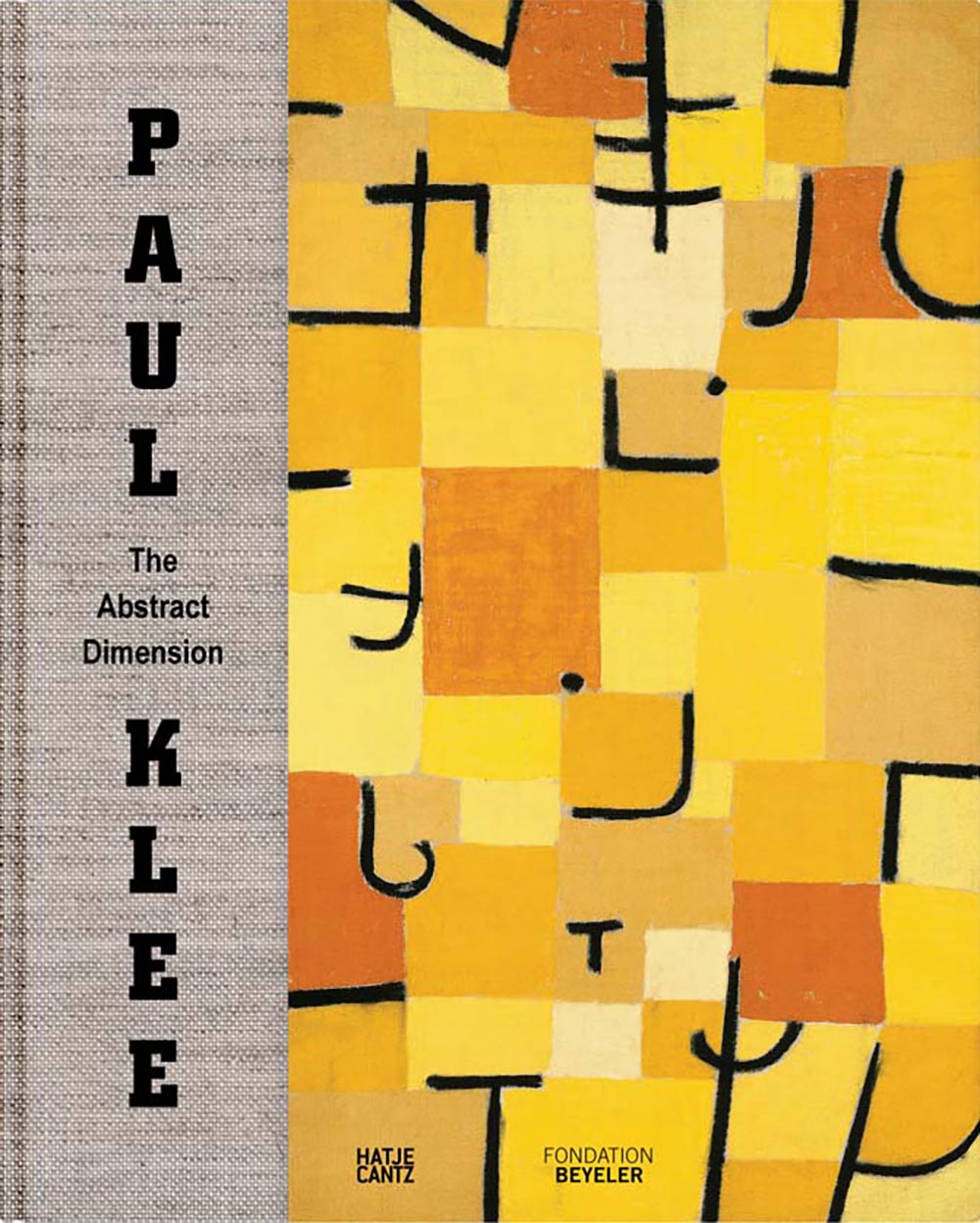Paul Klee: Life and Work
Text by Boris Friedewald
This beautiful volume offers high-quality reproductions and the latest biographical information on Paul Klee, who helped pave the way for Modernism.
Readers of this book will find much to discover and relish in Paul Klee's art. Reproductions of his iconic works as well as those that are more rarely exhibited are featured alongside in-depth biographical information that looks beyond his many artistic achievements to explore the life and times of the artist. Photographs of Klee and his circle, as well as entertaining and enlightening anecdotes, offer a multifaceted perspective on a groundbreaking artist and the events that helped shape his colorful and imaginative work.
Publisher: Prestel
Artists: Paul Klee
Contributors: Boris Friedewald
Printer: Slovenia
Publication Date: 2018
Dimensions: 7 3/4 x 9 1/2 in | 19.7 x 24.1 cm
Pages: 192
Reproductions: 162 color
ISBN: 9783791385051
Retail: $19.95 | £14.99 | €15.30
Status: Not Available
Paul Klee
Paul Klee was born as a German citizen in Münchenbuchsee near Bern, Switzerland, in 1879. In 1911, he had his first solo exhibition at the Galerie Thannhauser in Munich. In the same year, he met fellow artist Wassily Kandinsky and became acquainted with the expressionist group Der Blaue Reiter (The Blue Rider), exhibiting with them at their second show in 1912. Later that year, after becoming familiar with the art of Pablo Picasso, Georges Braque, and Robert Delaunay during a trip to Paris, Klee began incorporating cubist and other innovative colorist techniques and ideas into his own distinct practice. Two years later, in 1914, Klee traveled to Tunisia with his friends, the artists August Macke and Louis Moilliet, a revelatory experience that the artist credits with further awakening him to color. In 1921, he was appointed to the faculty of the Bauhaus by Walter Gropius, the founder and first director of the school, where he taught and worked as a “form master” from 1921 to 1925, while the school was in Weimar, and as a professor from 1926 to 1931, when the school was located in Dessau.



